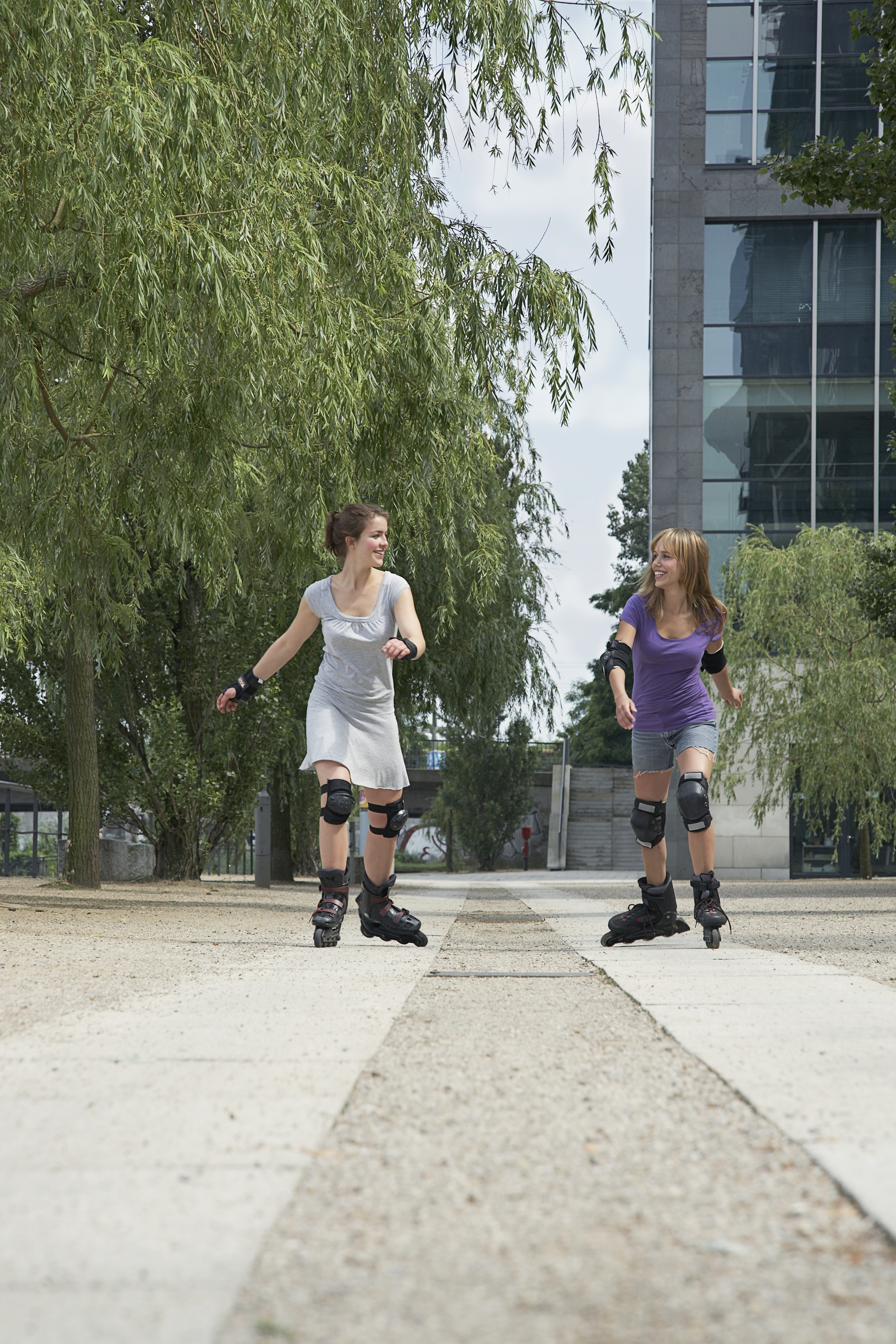News Room
MDT Puts Athletes on the Fast Track
Sports injuries are the worst. Especially for those who live for the weekend to get out on the field, on the court, or to their recreational sport of choice, and then BAM! An injury hits. The last thing you want to do is stop. You want fast answers, and most people will be frustrated if they can’t address the real issue. Josh Kidd understands that.
Thankfully, he uses a unique assessment process that can efficiently identify the root cause and prescribes the right movement to get athletes back to what they love faster, something he attributes to the McKenzie Method® of Mechanical Diagnosis and Therapy®. 
“In most cases, there’s really not a clear cause to the injury,” says Kidd, PT, DPT, OCS, Dip. MDT, CSCS, FAAOMPT. “Many times, patients just say I had this gradual ache that started to develop, and it’s just gotten worse over time or it just happened for no apparent reason.”
This is especially true of recreational athletes and weekend warriors.
“A lot of people just don’t have time to be active or train during the week for various reasons so they go from being sedentary to pushing themselves hard, over a few hours during the week, or for two days over the weekend without thinking about training load or the demands on their body in a short time frame,” Kidd says.
When patients develop these issues, many start their care with their doctors, who often suggest rest as they presume these problems are due to overuse.
“In many cases, rest can be the worst advice you can give a patient,” Kidd says. “More often than not, the problem is not due to an overuse issue – it’s actually due to a mechanical issue in the joint. When this is the case, they respond rapidly and improve much quicker than with what was traditional prescription. It’s really the MDT system that allows them to do that.”
The MDT system begins with a thorough mechanical evaluation to establish a “cause-and-effect” relationship between historical pain behavior as well as the response to repeated test movements, positions, and activities.
A systematic progression of applied mechanical forces utilizes pain responses and mechanical responses to classify the disorder. Clinicians then develop a specific plan of care based on those examination results that empowers patients to treat themselves when possible.
 In a recent study1 Kidd was a primary researcher on, they recruited 350 patients complaining of isolated joint pain (i.e. anterior knee pain, heel pain, isolated shoulder pain, etc.). The patient’s spine and extremity joints were screened with MDT principles and 43.5 percent had a problem originating in the spine. So that’s where Kidd tends to start his evaluation and treatment with his active patients.
In a recent study1 Kidd was a primary researcher on, they recruited 350 patients complaining of isolated joint pain (i.e. anterior knee pain, heel pain, isolated shoulder pain, etc.). The patient’s spine and extremity joints were screened with MDT principles and 43.5 percent had a problem originating in the spine. So that’s where Kidd tends to start his evaluation and treatment with his active patients.
“What’s the biggest problem when somebody goes to a doctor? The patient is usually told one of two things: if it hurts, don’t do it; or no pain, no gain,” he says. “These mixed messages usually leave the patient’s confused.
“Our system really allows us to give the patient which advice is most appropriate for their specific condition,” he explains.
“Patients start to see the change in the clinic,” Kidd says. “Roughly 70 percent of patients I see have a rapidly changing condition and if we find the right movement for them, they get better very quickly.
“We give them the tools to do it, so they get that empowerment,” he says. “It’s really all about active-based care. Instead of shutting them down, oftentimes they’re back to their activity within a couple days.”
Schooled in many different types of physical therapy, Kidd leans most on the McKenzie Method.
“It really is a comprehensive system where I can perform an assessment that will identify what a patient needs and then giving them those specific, individualized interventions,” Kidd says. “They not only manage their immediate problem – they are better-educated to prevent future injury and make the most out of the weekend sport!”
- Rosedale R, Rastogi R, Kidd J, Lynch G, Supp G, Robbins S. A study exploring the prevalence of Extremity Pain of Spinal Source (EXPOSS). J Man Manip Ther. 2019.
Share your news! Send your story to us and we'll post it for everyone to read.




